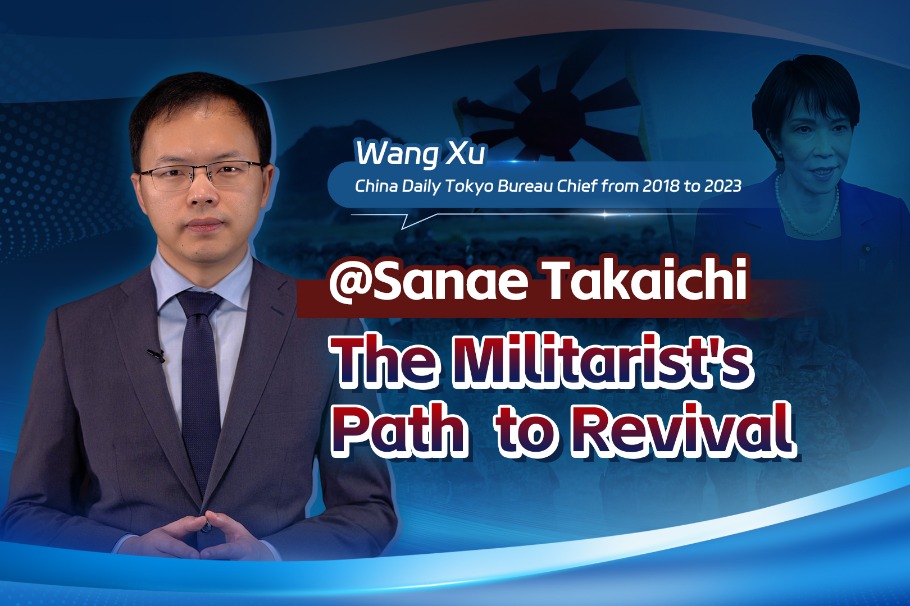COP29 ends with ray of hope by putting meat on the bone of global climate finance

In one way or another, everyone everywhere on planet Earth, the most mulish climate change deniers included, is aware of the devastating effects of global warming. Among which more frequent disasters caused by severe weather events are only some of the most keenly felt and reported. For all the talk of urgency, however, the sad truth about the global discourse on climate change response is there has been more talk than walk.
The just concluded 2024 UN Climate Change Conference, or COP29, in Baku, Azerbaijan, may go down in the history of global climate response as a significant landmark, from where humanity may finally begin to walk that long, overdue walk.
Since its very inception, the UN climate meeting has worked strenuously to raise global awareness of climate change, the urgency of joint response, build transnational consensus on the matter, and mobilize and coordinate corresponding actions.
Those unremitting endeavors crystallized in the form of the Paris Agreement, humanity's first-ever consensus on the severity of climate change, the pressing need to act on it, and a subsequent course of action. Disappointingly, over the following years countries have dragged their feet on the matter. Developed nations have generally failed to honor their promises of financial and technological assistance for the developing ones; the latter, the least developed in particular, have struggled to catch up without the due resources and know-how. And, at the end of the day, the lack of progress on climate response could in a large part be attributed to rich countries committing to substantially more financing than what they have actually contributed, or are willing to.
COP29 is being widely praised as a milestone as it has maneuvered a breakthrough in climate financing by producing the New Collective Quantified Goal on Climate Finance, of which every word was agreed on by all participating nations. It did not come easy. Behind it was years of preparatory work and weeks of intensive negotiations. But it will prove worthy of everything it has taken.
For breaking the long-standing multilateral negotiations stalemate over climate financing alone, the Baku meeting stands out as an unusual climate diplomacy success. Based on the costed needs reported in the nationally determined contributions of developing countries, it sets the goal of the developed countries contributing at least $300 billion per year by 2035 for developing countries' climate actions. In doing so, it also made Article 6 of the Paris Agreement actable with agreement finally reached on a mechanism for the use of internationally transferred mitigation outcomes.
The progress made on carbon markets was thus lauded as another breakthrough in Baku, as it was another aspect of the Paris Agreement where substantive agreement on the implementation had been difficult at previous climate change conferences. Countries have now agreed on the final building blocks that set out how carbon markets will work under the Paris Agreement, making country-to-country trading and a carbon crediting mechanism "fully operational".
Considering the lack of actions along the way, the COP29's focus on and breakthrough in operationalization marked a tremendous stride forward for humanity's joint efforts to redress one of the most damaging consequences of ways of life and production. This was highlighted by the decision to ensure the full operationalization of the Loss and Damage Fund, which was agreed at COP27 but had remained unactable. Within the framework of COP29, several important agreements related to the fund were signed and these achievements mean the fund will be able to start financing projects beginning in 2025, with the total pledged financial support for the fund exceeding $730 million so far.
UN Climate Change Executive Secretary Simon Stiell, who described the Paris Agreement as humanity's sole "life raft", was correct in likening COP29's financing agreements to "an insurance policy for humanity". Not only because they have the potential to help stave off some of climate change's worst impacts. But perhaps more importantly because they rest on corresponding commitments made being honored, which was precisely where much of the previous climate initiatives failed.
"… like any insurance policy — it only works — if premiums are paid in full, and on time," Stiell said. That means, as he stressed, that promises must be kept. Millions of lives depend on that.
The developed countries must deliver on their commitment to provide finance to help developing countries.
Today's Top News
- Chinese FM urges Japan to reflect on, correct mistakes as soon as possible
- China hails 'hard-won' COP30 Global Mutirao decision
- Chinese premier urges G20 to uphold free trade, build open world economy
- China, US hold maritime safety talks in Hawaii as Beijing reiterates warnings on sovereignty
- China sends letter to UN over Japanese PM's remarks on Taiwan
- Chinese, Uzbek FMs hold second strategic dialogue






























